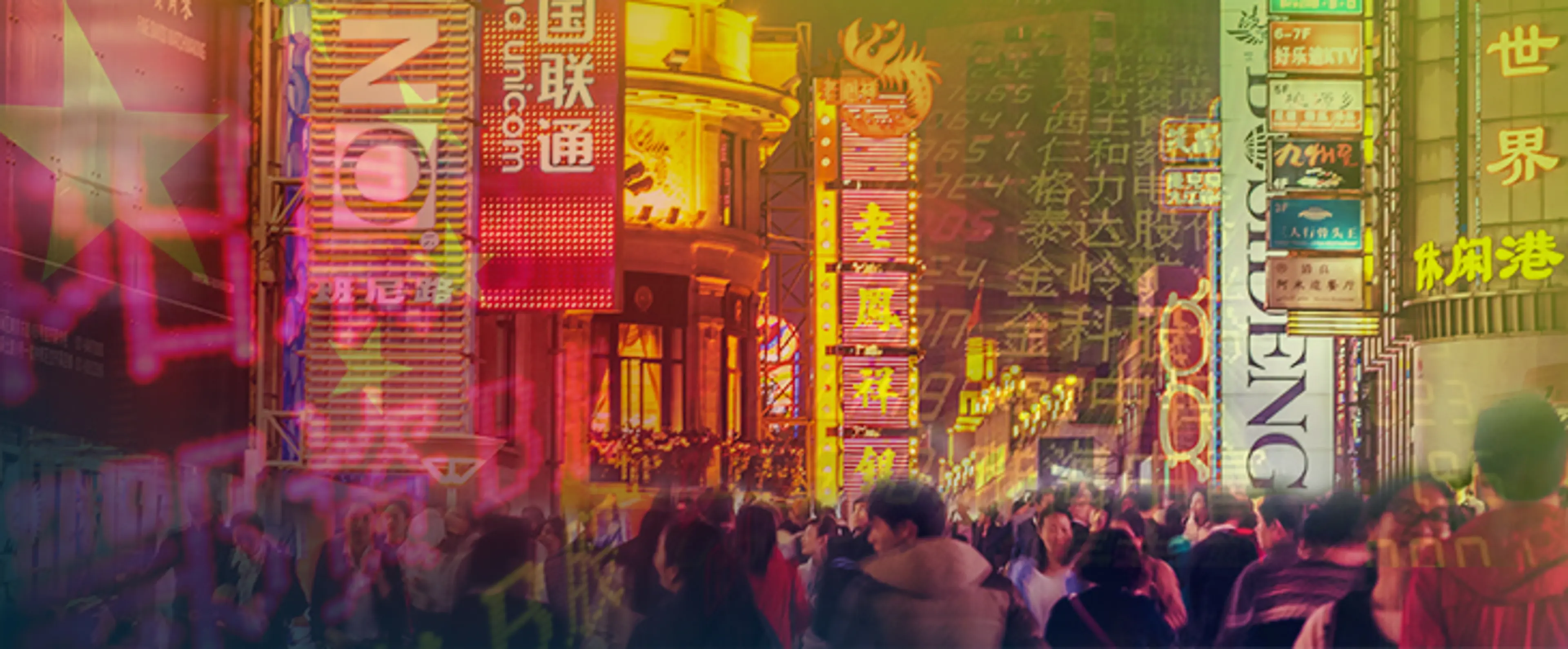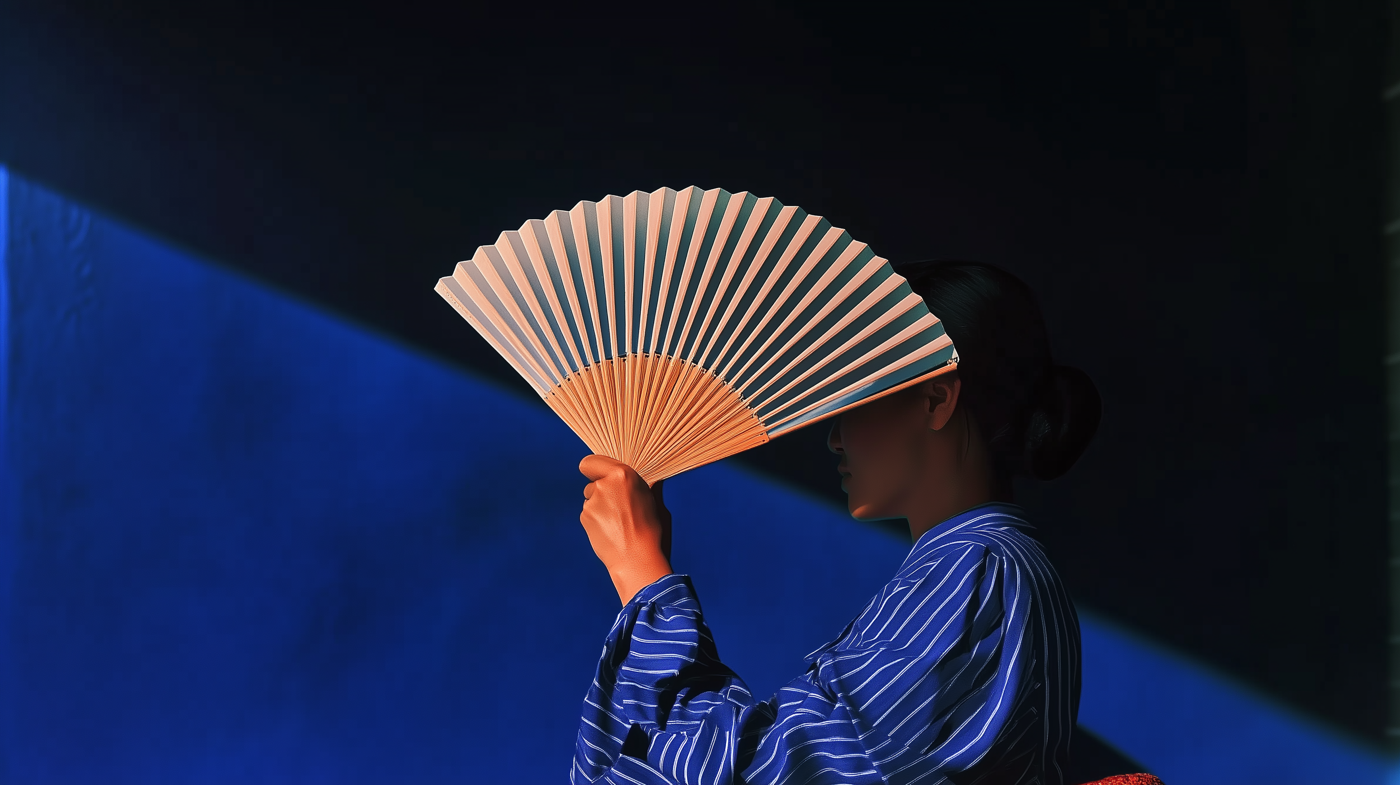
Luxury Commentary
1 Mar 2019
3 Min Read
New Perceptions of Luxury In China
February has given way to Chinese Year of The Pig.
Luxury Commentary

Retail & Luxury Goods
4 Sept 2025
9 min read

News
5 May 2025
3 min read

News
17 May 2024
2 min read

Luxury Commentary
1 Mar 2019
3 Min Read
February has given way to Chinese Year of The Pig.
Luxury Commentary